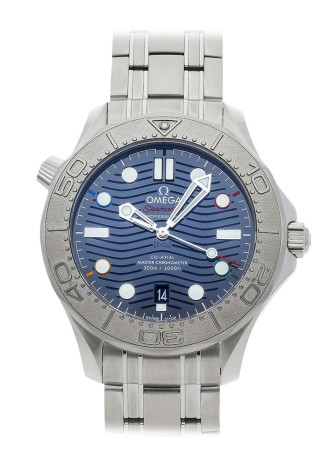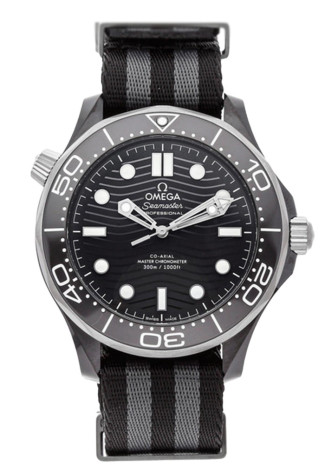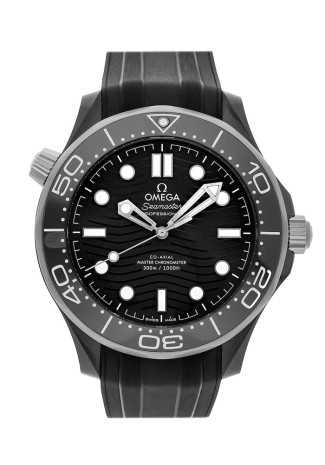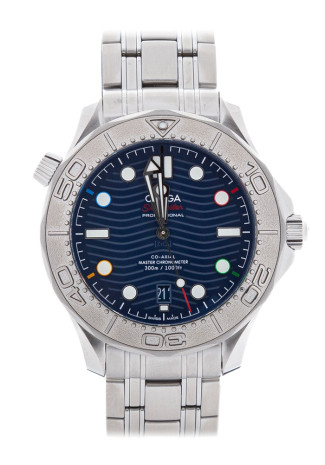Diving watches possess a utilitarian allure even for those who don't explore the depths professionally. Understanding their purpose adds an intriguing layer to owning these timepieces, reassuring enthusiasts of their exceptional durability and reliability in varied situations.
The specifications of a true dive watch encompass more than mere water resistance; typically, a 10 ATM (100 meters) rating serves as a baseline. However, serious scuba diving often demands a minimum water resistance of 20 ATM. In today's market, most diving watches exceed these requirements, boasting water resistances of 30 ATM or deeper. Take, for instance, the Rolex Deepsea Sea-Dweller 'James Cameron,' engineered to withstand depths of 3900 meters, necessitating specialized features such as helium release valves to mitigate pressure. True diver's watches adhere to rigorous standards like ISO 6425, marked explicitly to differentiate them from non-diving timepieces. Despite this, many who acquire diving watches may not actually engage in professional diving.
The appeal of diving watches for non-divers lies in their inherent toughness, reliability, and resilience. While the average wearer may not delve into the abyss, the reassurance of owning a timepiece engineered for depths offers peace of mind in everyday activities. A dive watch's robust build, capable of withstanding pressures equivalent to, for instance, 300 meters underwater, translates to durability in more mundane adventures, be it surfing, sailing, or even rafting. The inherent durability of these watches extends beyond the realm of diving, making them a practical choice for those seeking resilient timepieces for various outdoor pursuits.







